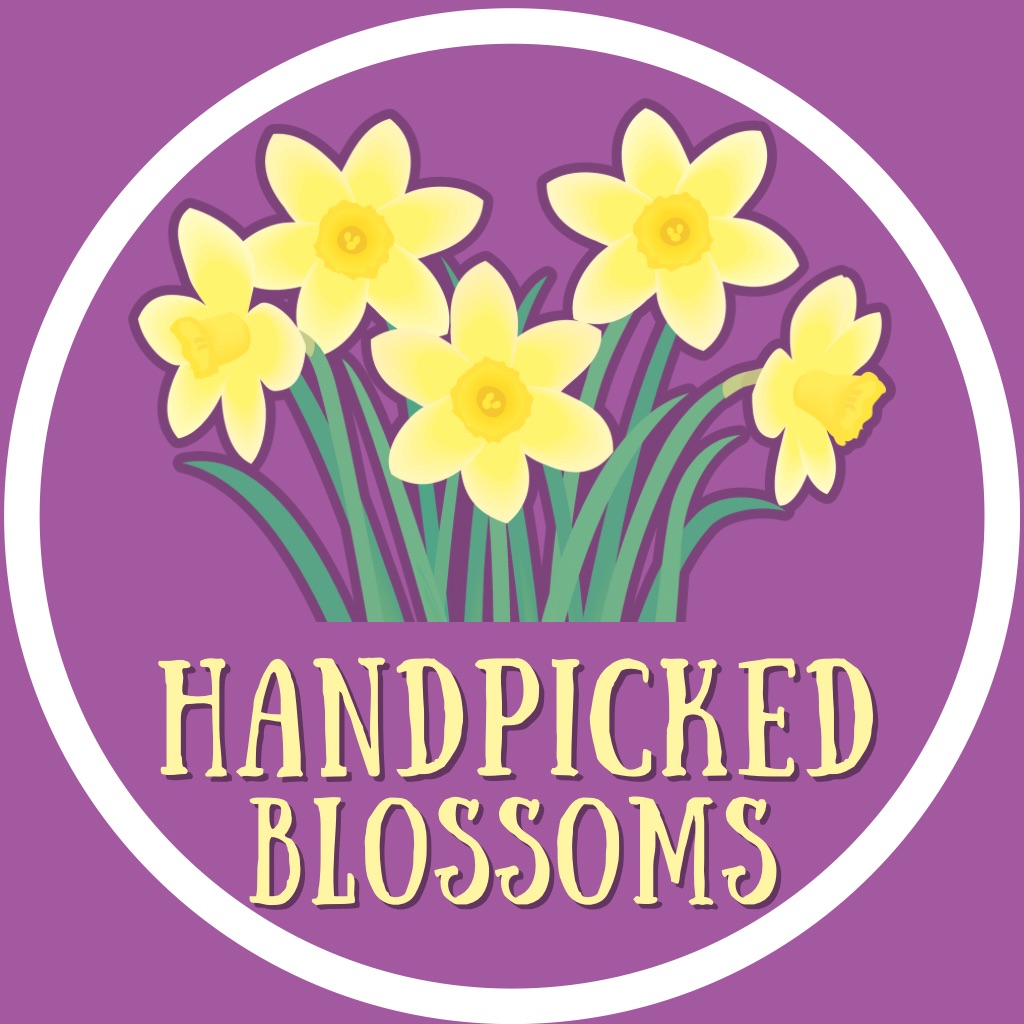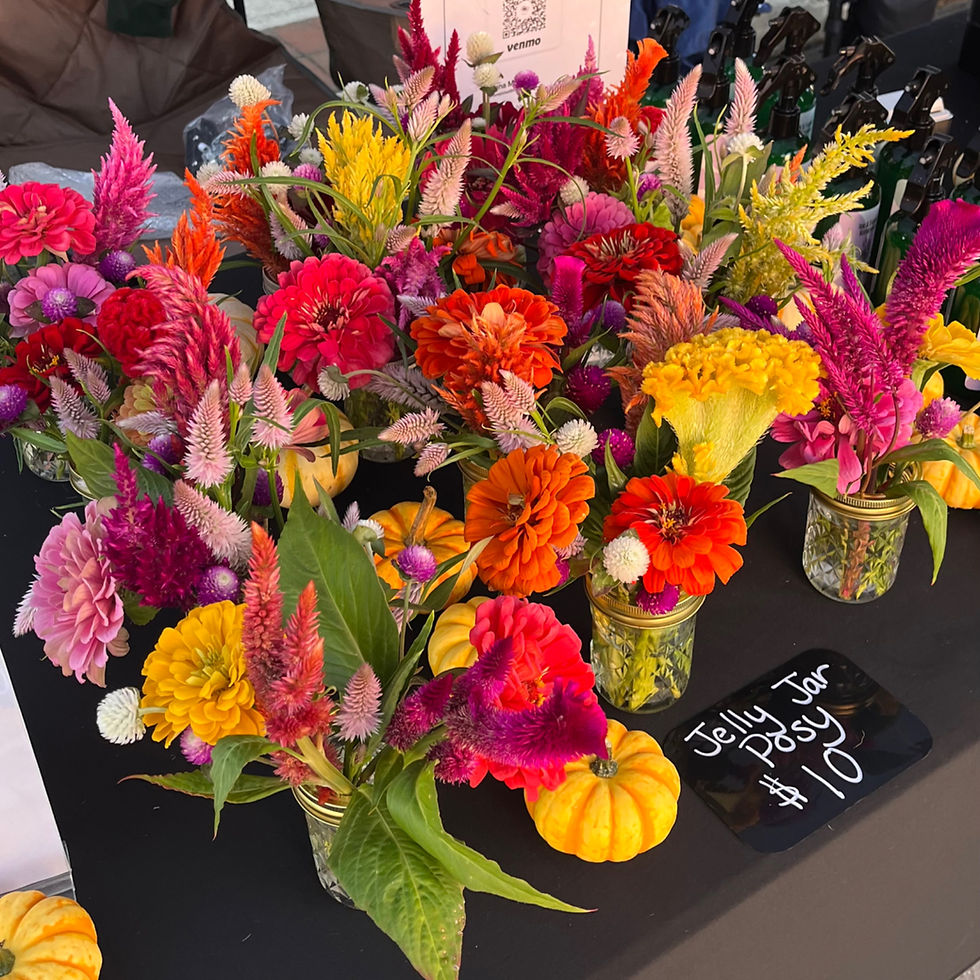Seasonal Flowers vs Imported Flowers: Shocking Industry Secrets About Your Bouquet
- handpickedblossoms

- Feb 6
- 2 min read
Have you ever walked into a florist shop in the dead of winter and marveled at the sight of fresh peonies? Or maybe you’ve seen wedding inspiration boards featuring lush dahlias in spring bouquets? If so, you’ve witnessed firsthand how the floral industry has created the illusion that all flowers are available year-round. In reality, this is far from the truth.

The Illusion of Endless Blooms
Thanks to globalization and advanced growing techniques, many flowers can now be sourced from around the world, regardless of the season. However, this comes at a cost—both financially and environmentally. The availability of out-of-season flowers often relies on imports from countries with different growing climates, sometimes requiring extensive refrigeration and transportation that increase the industry’s carbon footprint.
What’s Really in Season?
Every flower has a natural blooming season. For example:
Peonies are a late-spring to early-summer bloom.
Dahlias thrive in late summer through fall.
Tulips make their appearance in early spring.
Ranunculus are at their best in late winter to early spring.
Sunflowers shine in mid-to-late summer.
Lilacs bloom in mid-to-late spring.
Hydrangeas flourish in summer and early fall.
Camellias peak in late winter to early spring.
Anemones are at their best from late fall to early spring.
Chrysanthemums are the stars of autumn.
When you see these flowers available outside of their natural seasons, chances are they’ve been imported or grown in artificially controlled environments, which often reduces their quality and longevity.
Why It Matters
Choosing seasonal flowers vs imported flowers isn’t just about authenticity—it’s about sustainability, supporting local farmers, and getting the freshest blooms possible. Locally grown, in-season flowers often have a longer vase life and a richer fragrance because they haven’t endured long-distance travel.
How to Shop Smarter
Ask Your Florist – Inquire about what’s currently in season and explore alternatives to out-of-season flowers.
Embrace Seasonal Beauty – Each season offers a stunning variety of blooms that can create unique, stunning arrangements.
Support Local Flower Farms – Purchasing from local growers ensures you’re getting the freshest flowers while reducing environmental impact.
Celebrating Flowers in Their Natural Time
At Handpicked Blossoms, we believe in the beauty of seasonal flowers and the importance of sustainable floristry. By educating ourselves and our customers, we can help shift the demand toward more responsible flower sourcing—one bouquet at a time.
Next time you’re planning a floral arrangement, consider the seasonality of your flowers. Not only will they be fresher and more vibrant, but they’ll also tell a story of the time and place they were meant to bloom.
What are your favorite seasonal flowers? Let us know in the comments!




Comments